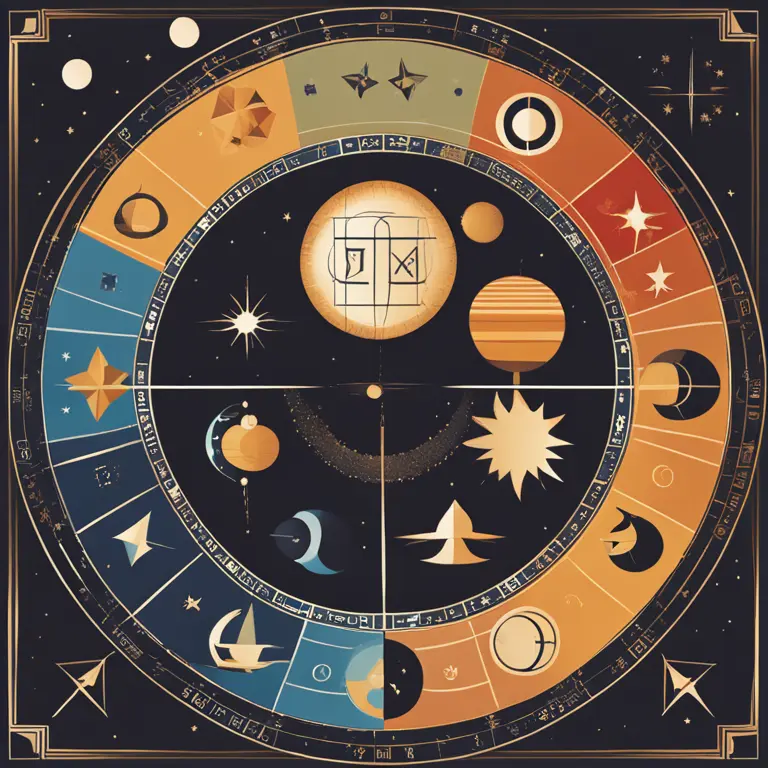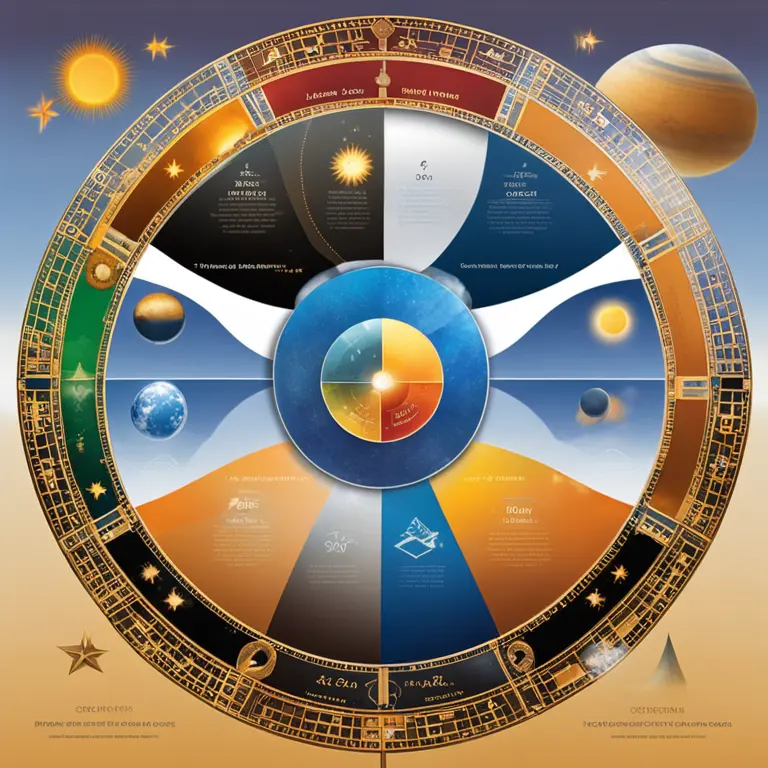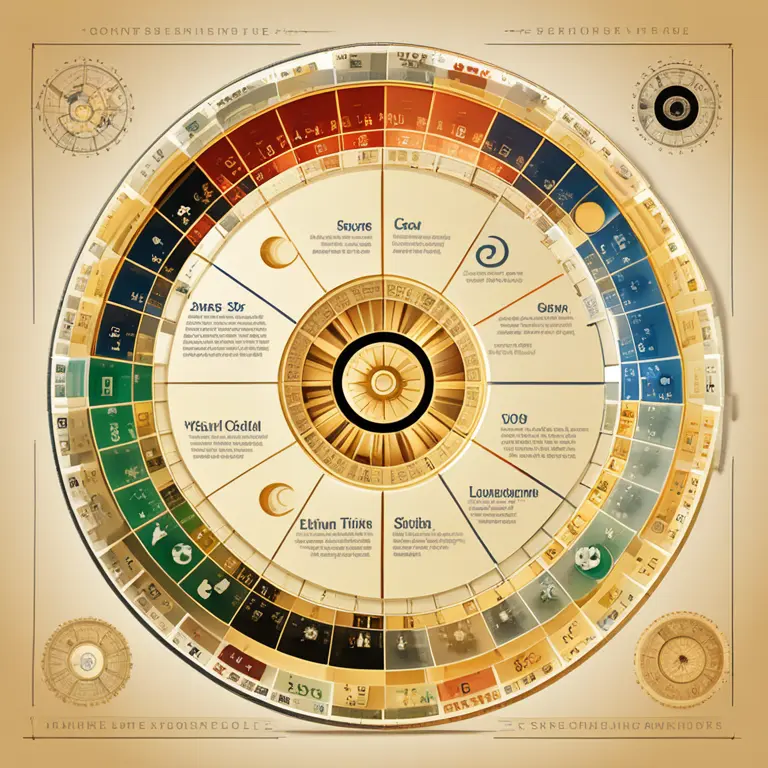
Astrological Houses: Why They Differ in Size
Learn why the astrological houses in a personal horoscope can vary in size and the impact this has on astrological interpretations.
article by Priya Deshmukh
An Introduction to Astrological Houses
In astrology, the concept of houses is central to unfolding the complexities of a personal horoscope. Each house represents a different area of life, from personality and values to career and partnerships. The traditional zodiac wheel is divided into twelve segments, symbolizing these houses, but contrary to what one might expect, these houses are not always of equal size. This variation in dimensions stems from the house system one uses and the individual’s birth latitude, amongst other factors. This article aims to clarify why these houses differ in size and how it affects astrological readings.

The Role of the House System
Astrologers use various house systems to calculate the celestial charts, each with its methodology for house division. Systems like Placidus, the most commonly used in the Western world, employ a time-based division that can produce significantly uneven houses. Other systems, such as Whole Sign and Equal House, allocate equal-sized houses regardless of the chart specifics, simplifying interpretations but sometimes at the cost of nuanced accuracy for individual charts. The diversity in systems reflects centuries of astrological tradition and the evolution of diverse perspectives on celestial influence.

Impact of Birth Latitude
Birth latitude plays a substantial role in the size of the houses. As the earth is tilted on its axis, uneven house sizes are more pronounced in charts for people born in higher latitudes. This is because the ecliptic plane—the apparent path of the Sun—is more oblique relative to the horizon at these latitudes, causing more significant discrepancies in house sizes. This can result in some houses taking up more space in the zodiac wheel, signifying a more emphasized area of life for that individual.

Precession and House Sizes
The precession of the equinoxes—that is, the gradual shift of the Earth's rotational axis over millennia—also influences the astrological houses. Precession can change the way the constellations align with seasons and times of the year, altering the ascendant and other critical degrees in the chart. While the size of the houses is not directly affected by precession, the systems that account for it, such as the Sidereal zodiac, can cause slight fluctuations in house division, as the frame of reference for constellations shifts over time.

Time of Day and Uneven House Distribution
The time of day also factors into house size. Houses rise and set at the horizon at different speeds, depending on the time someone is born. At sunrise and sunset, houses tend to be larger as they cross the horizon more gradually, whereas at noon and midnight, they move faster, appearing smaller in a natal chart. These diurnal motions further explain why two people born on the same day can have remarkably different house configurations in their personal charts.
Interpreting Uneven Houses in Astrology
So, how do varying house sizes influence an astrological reading? When a house is larger, it can indicate that the themes of that house hold more weight or require more attention in an individual’s life. Similarly, smaller houses might suggest areas of life that are less emphasized or encounter fewer challenges and changes. Astrologers must consider these variations and integrate them with the planetary positions to provide a comprehensive and personalized interpretation.
Final Insights on House Variability
In conclusion, the variability in house sizes within an astrological chart reflects the intricate dance between celestial mechanics and human interpretation. This complexity enriches the field of astrology, offering a more tailored reading to each individual. As astrology continues to evolve, so too will the understanding and interpretations of these celestial domains.
Published: 1/30/2024
Modified: 1/30/2024
More predictions
Come back here soon to learn more about yourself and your future


Aligning Stars & Careers
In the vast expanse of the cosmos, the celestial bodies dance in perpetual motion, crafting a unique natal chart that becomes each individual's personal astronomical fingerprint. While this astrological mapping typically conjures thoughts of personality traits, romantic compatibility, or destiny, it also holds the keys to understanding our professional paths and potential career choices.


Love & Solar Returns: Annual Relationship Themes
Love is a complex and ever-evolving aspect of our lives, and as we navigate the journey of love year after year, astrology offers valuable insights into the annual themes in our relationships.


The Karmic Task Of The Zodiac Signs
The intricate dance of stars and planets influences more than just our birthdays. In the vast realm of astrology, there's an underlying theme of karmic lessons that each zodiac sign must face. The celestial choreography is said to guide our soul through lessons we need to learn, pushing us towards self-realization.